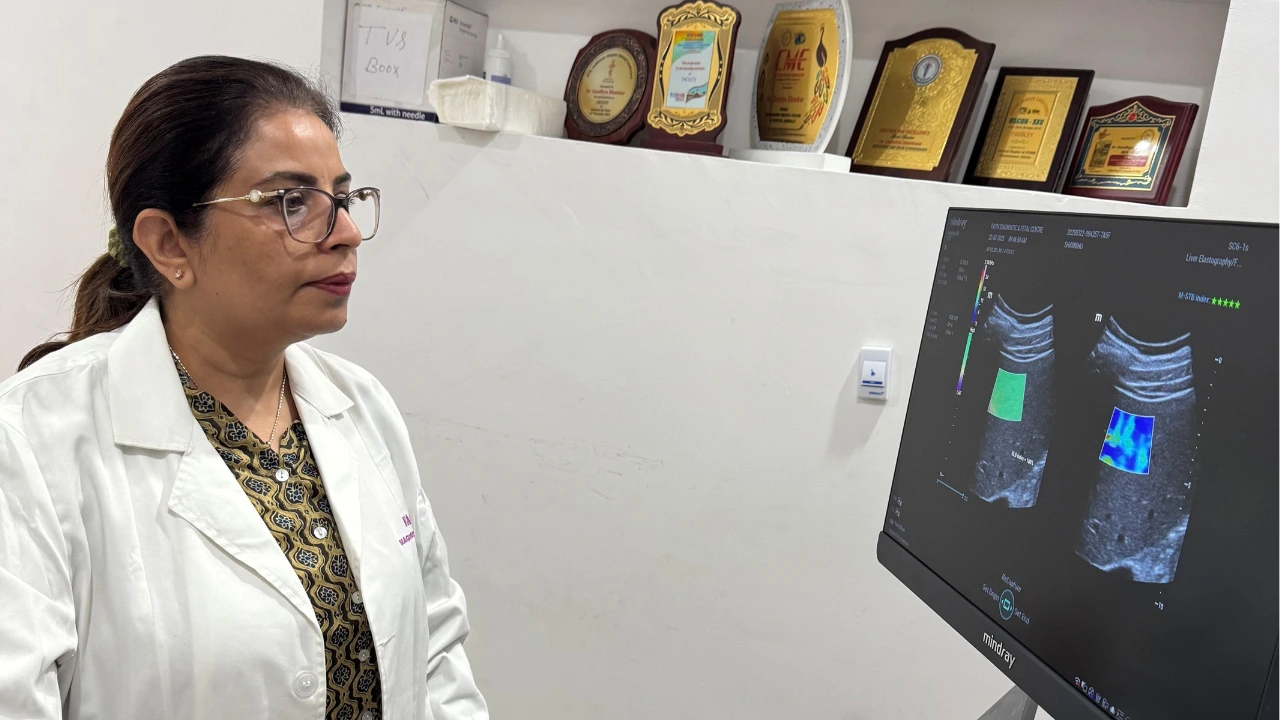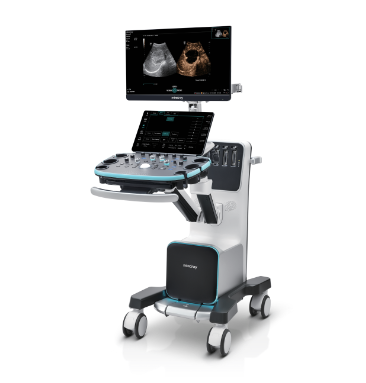Rising Threat Of Fatty Liver In India: How Ultrasound Can Combat The Silent Endemic
By Dr Sandhya Dhankhar, Director of Faith Diagnostics 2025-04-22

About the author:
Dr. Sandhya, an esteemed radiologist with over two decades of experience, is the Director and Consultant Radiologist at Faith Diagnostic Centre, Chandigarh, and Faith Diagnostic & Fetal Centre, Mohali. Having trained at prestigious institutions like Jaslok Hospital, Mumbai, and King’s College London, she has performed over 2,000 fetal procedures and 4,529 ultrasound-guided interventions. A certified member of the Fetal Medicine Foundation, London, she has made significant contributions to fetal medicine, interventional radiology, and ultrasound research.
NAFLD: A silent threat
Fatty liver disease, particularly non-alcoholic fatty liver disease (NAFLD), is rapidly becoming a major health concern in India. Contrary to popular belief, fatty liver can develop in people who do not consume alcohol at all, making it a “silent” threat. This condition occurs when excess fat builds up in the liver cells & if undiagnosed, it can lead to more severe conditions, such as liver fibrosis, cirrhosis, and even liver cancer.
The risk factors for fatty liver disease, especially NAFLD, are widespread and linked to lifestyle choices and common health conditions, many of which are increasingly prevalent in India. Hypertension, diabetes, and obesity—each of which affects millions across the country—are all significant contributors to the development of fatty liver. With the rising incidence of these conditions in India, early screening and awareness of fatty liver disease have become essential for timely intervention and effective management.
The role of ultrasound in detecting fatty liver
Ultrasound imaging is a non-invasive and cost-effective technique that plays a crucial role in the early detection of fatty liver disease. It allows healthcare providers to visualize the liver, assess its size and texture, and identify any abnormalities, even in patients with normal liver function tests.
Elastography is a specialized ultrasound technique that measures the stiffness of tissues, to assess the degree of liver fibrosis, a key factor in determining the severity of the disease. By combining traditional ultrasound with elastography, we can gain valuable insights into the progression of fatty liver disease.
Resona I9’s role in managing fatty liver disease
Mindray’s Resona I9 Diagnostic Ultrasound System is a powerful tool for assessing fatty liver disease. Equipped with next generation ZST+ technology, the Resona I9 offers a multi-parametric liver solution from early detection to monitoring through comprehensive evaluation tools, including fat quantification through USAT, HRI+, LTI, for fibrosis & cirrhosis shear wave elastography (STE/STQ) and focal liver lesion CEUS. These tools are simple to use, with accurate & reproducible results and can provide critical insights into liver health in just a few minutes.
With its non-invasive, quick, and reliable imaging capabilities, the Resona I9 is well-positioned to be an essential tool for both detecting and managing fatty liver disease across all demographics.
Reducing the burden of NAFLD
With the rising incidence of lifestyle diseases, routine screening for fatty liver should be part of comprehensive health checkups, particularly for people with risk factors like obesity, diabetes, and hypertension. By leveraging advanced ultrasound technology and early detection strategies, we can empower individuals to take control of their liver health and reduce the burden of fatty liver disease in India.
We can significantly reduce the risk of developing fatty liver disease by adopting a healthy lifestyle, including a balanced diet, regular physical activity and appropriate medical intervention. With increased awareness about fatty liver disease and preventive measures, we can mitigate the impact of this silent endemic in India and ultimately improve the quality of life.

